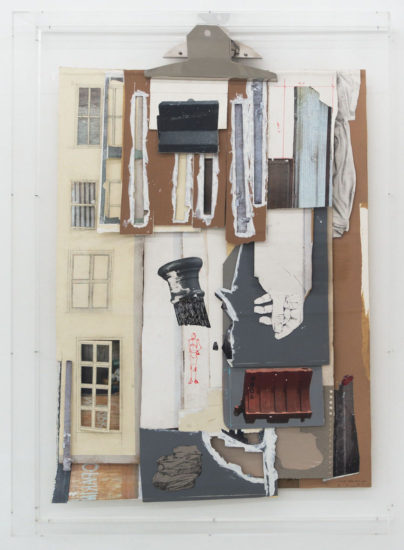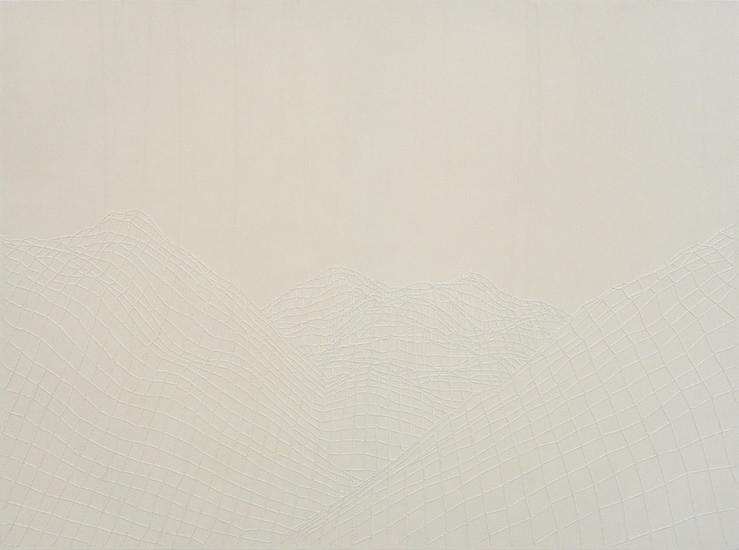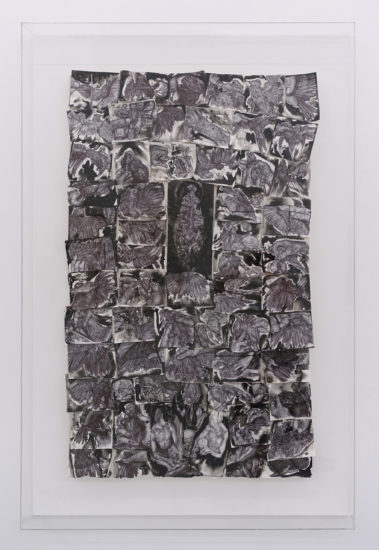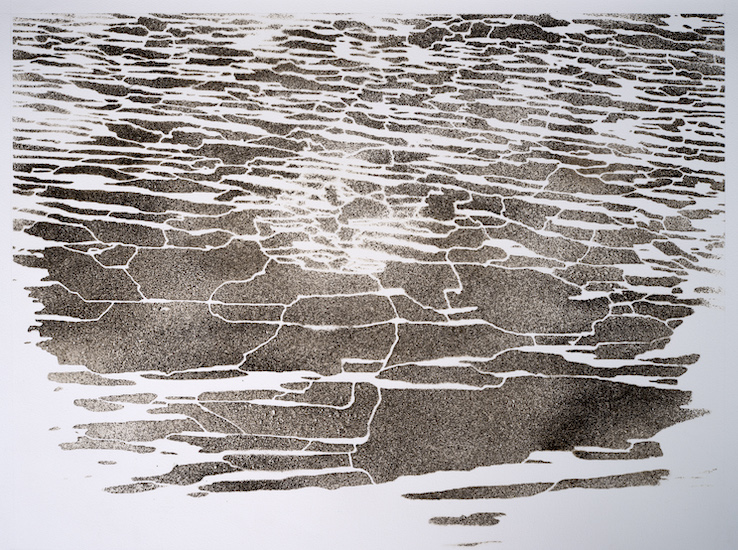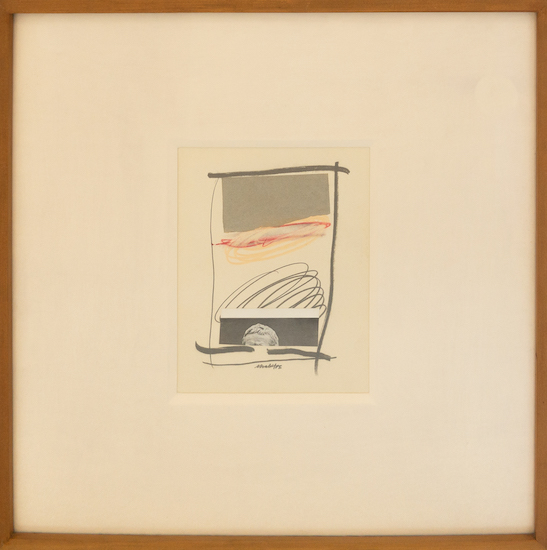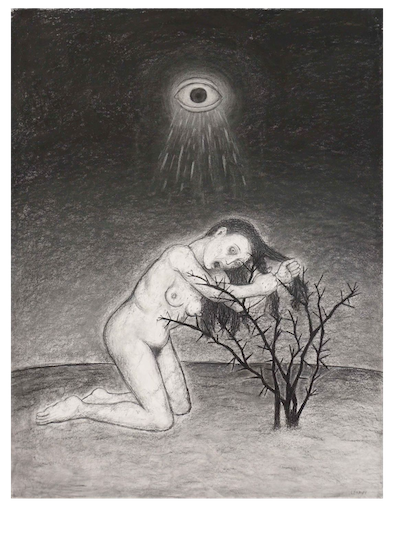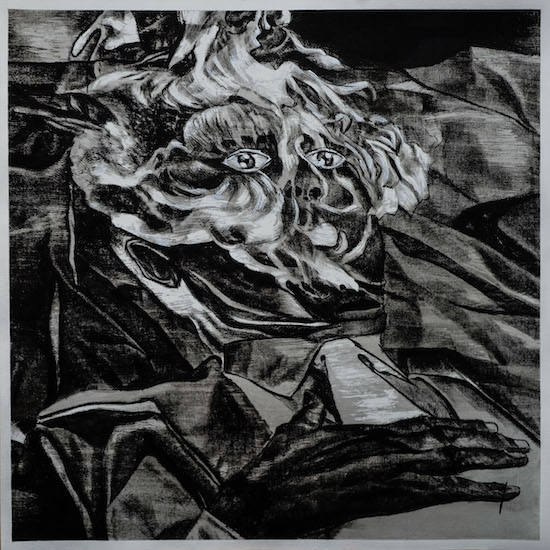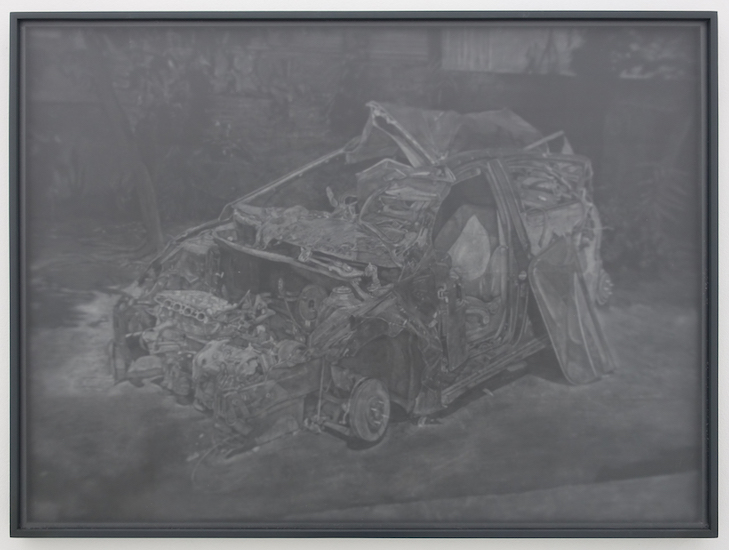There is something universally human in leaving a trace, an imprint, or markings of ourselves in the world; whether as personal and fleeting as our tiny footprints along the shorelines on a beach; or the Vikings’ first colonising steps in Greenland; or as iconic as the first astronaut’s shoeprints in the moon – they all communicate one thing “I was here, I existed.” Throughout history we find creative ways to manifest our thoughts and communicate ideas from a simple dot, to a line, a shape, a symbol, a drawing and into objects. These expressions have become our immortal surrogate to our own mortal existence – documenting our resilience to evolve.
A Line Has Time In It explores drawing as an anchor in various exploration of artistic practices from established and emerging Filipino artists including Poklong Anading, Victor Balanon, Roberto Chabet, Vermont Coronel Jr., Ian Fabro, Nilo Ilarde, Celine Lee, Jose Legaspi, Jose Santos III, and Alvin Zafra. It gives us a glimpse on how the role and function of drawing has expanded over the decades, and its evolution into a multifaceted discipline. A Line Has Time In It presents how artists redefine and push the boundaries of drawing by exploring a diverse range of material, processes, and techniques.
The innate human need to create often links to our state of being at a given time and place. It is a portal on how we perceive ourselves along with our environment, society and place in history. Ian Fabro uses a collage of drawings to reimagine a 19th century painting and dissect the themes of the divine and man, where he creates an imagery resembling a shattered mirror reflecting a single religious reference seen through different vantage points. In the same vein, Jose Legaspi’s series of macabre and disconcerting scenes take jab on our traditional views in humanity and faith with a hint of farce. One of his works denote a post Moses’ burning bush moment, depicting a naked frantic woman’s hair is stuck in a leafless bush twig. Victor Balanon’s masterful use of ink on canvas paper renders his subjects a noir look reminiscent of old films and prints. The unique use of sandpaper and stone has allowed Alvin Zafra to showcase the intense labour in producing his photorealistic works, deliberately concealed in his effort by process of erasure, leaving his viewers a marred image of a decaying mobile, discarded and isolated. Our concept of memory and its ability to archive in accurate accounts is highlighted in John Santos III works; his catalogue of prints and drawings layered together emulates our human tendencies to formulate a complete image out of recollected fragments of the past.
Far from the traditional mediums used in drawing, Vermont Coronel Jr. and Celine Lee appropriates contemporary events and issues with their chosen mediums. Coronel Jr. incorporates collected volcanic dust in manifesting a seascape on paper as he reflects a sentiment of longing for an unrealised memory. Lee on the other hand, takes advantage of contemporary technological advancement by using a 3D wireframe rendition of a photo she took of the controversial Dolomite Beach. In it, her stitched drawing of a wireframe beach on Aida cloth simultaneously raises an artistic and societal concern on how things should be evaluated and discerned as valid.
Poklong Anading’s and Nilo Ilarde’s conceptual works probe the process and nature of drawing. In Anading’s wall installation and video piece, he performs the act of drawing on wooden board, its form corresponding to the hole of his hand when holds a charcoal pencil. Ilarde utilises space and common drawing materials as his accomplices, installing a cast pencil where the floor meets the wall, elevating the object not just as a medium but as art in itself.
A Line Has Time In It invites us to reimagine our perception of lines and drawing and acknowledge their importance not as mere drafts behind paintings, sculptures and concepts but as powerful tool or medium in marking our stories in time. As artist Roberto Chabet would put it – “…drawing is not so much about a finished picture, but is a continuous process of making marks. The mark becomes a line, the line becomes a shape, the shape becomes an image, and the image becomes a memory of what was once a mark.”
– Lec Cruz
